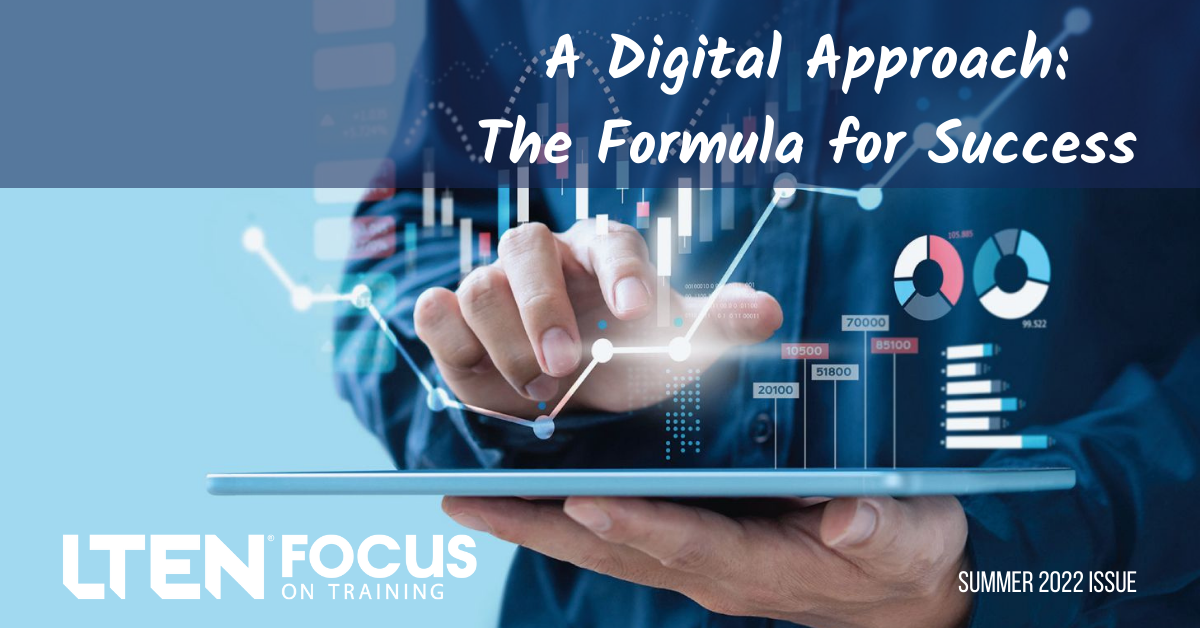
Feature Story – By Rich Benedetto
Here’s a prescription for physician access that will open doors
A sales representative enters a physician office. They confidently stride up to the receptionist and ask to see the physician or schedule an appointment. The receptionist explains that the physician does not see sales reps, but they can drop off literature and the physician will sign for samples if needed. The rep is happy to oblige.
This process will be repeated over and over. Most reps feel they have done their job; after all, the physician is a “no-see.”
 Early in my sales career, I had the good fortune of having many outstanding coaches and mentors. Their guidance shaped my career. I received a piece of advice that served me well: “You have to see them to sell them.”
Early in my sales career, I had the good fortune of having many outstanding coaches and mentors. Their guidance shaped my career. I received a piece of advice that served me well: “You have to see them to sell them.”
This was the single most important lesson I learned when starting my sales career some 30 years ago. It sounds obvious, because that is what we do: have a clinically relevant discussion and hopefully find a place for our products.
But then, there was the dreaded “no-see” doctor.
Physician Access
Pharmaceutical rep access to physicians has decreased greatly and is well documented. This was a trend prior to the pandemic and has only worsened.
There are external factors such as changes in physician practices. Now many are part of integrated health systems, academic medical centers or corporately owned. State mandates have also contributed to restricting rep access.
Internal factors, lack of sales training, company culture and lack of accountability have advanced this dilemma as well.
A New World
As reps return to the field, a hybrid model has emerged, with virtual as well as faceto-face interactions. Reps will be part of an omnichannel approach that will include emails, web events, social media and other targeted digital touchpoints. Pharma had been moving toward a digital approach; the pandemic simply escalated the process.
With expanding channels, healthcare providers (HCPs) have more ways to access and engage with information. From a sales rep’s perspective, anecdotally, the better the relationship with their customers, the better use of digital channels.
As expected, the no- and difficult-to-see customers had an extremely low to nonexistent use of digital engagement. Now that reps are back in the offices, companies need to do a better job preparing reps to gain access to these important customers.
A Formula for Access
There have always been no- and difficult-tosee HCPs. Access was a combination of time, effort and resources. So, we created a formula: Physician Access = Time + Effort + Resources
If we go back 30 years, reps could use any way imaginable to access physicians. It was quite easy to dangle the carrot, or game tickets, Broadway shows, upscale restaurants and the ever-popular dine-and-dash.
In the early 2000s with the advent of the pharma guidelines and later the Sunshine Act, all that ended. So, resources (as we will call the various forms of entertainment) all but disappeared.
What happened to the formula for access? It remained the same, but the variables changed.
This paradigm shift, along with external and internal factors mentioned earlier, created a perfect storm, causing access to reduce dramatically. So as the use of resources diminished, time and effort needed to be increased.
Time and Effort = Persistence
One of the most important fundamentals in gaining access is persistence. A study published by Dartnell Corp. (a company that specializes in business training for sales professionals) investigated the number of times a prospect received a call before the sales rep stopped calling on them.
- 48% quit after the first visit.
- 72% quit after the second visit.
- 84% gave up after the third contact.
- 90% stopped after the fourth contact.
These were actual sales calls. Reps would attempt to see the customer for a few visits, then simply acquiesce to the office policy.
In a virtual world, the HCP will log on long enough to sign for samples and log off. From a rep’s standpoint this is quick, easy and checks the box.
There are many techniques to gain access. However it is done, it takes time, effort and persistence. Top reps have figured this out and are also extremely knowledgeable and know they must gain access to use their expertise. However, most sales reps need training and coaching.
Blueprint for Success
Here are some steps to put into action:
- Learn everything you can about the customer. Look at the information from previous reps and sales managers. Look at everything: office characteristics, professional and personal information, mutual connections, social media and digital touchpoints. Digital touchpoints along with omnichannel engagement have enabled sales reps to learn even more about their customers.
- Find a need and fill it. Personalization is key. Find out what is important to the customer. They may be looking for a company connection greater than the sales rep (medical or outcome liaison, medical director, etc.). The need could be non-medical or practice-related.
- Develop a value proposition. Base this around the need you have discovered. The goal is to add value to the customer. If customers feel you can add value, chances are, they will see you. The value proposition must be compelling; it must include why you need to see the physician, why it is important and the time you will need (be specific).
- Deliver the value proposition. Once completed, this message will need to reach the HCP. It could be staff, maybe a mutual connection. There is also the possibility of seeing the physician at an alternate time or location. Knowing the customer’s digital engagement patterns, if any, may help with the best time to contact them. It is always important to check prior; do not just show up. Be creative.
- Always follow company guidelines when dealing with physicians.
Conclusion
There are times when the best effort will not achieve the desired outcome. The decision will have to be made to continue to call on this customer or go elsewhere. That is the nature of sales.
In my 35 years at Lilly, I have sat through hundreds of selling workshops designed to help us sell and add value to the customer. These programs were given under the assumption we see the customer on a routine basis. I do not recall any training specifically designed to help see the no-see customer.
I believe reps can be trained and more importantly coached to develop the skills needed to increase access with some of these difficult customers. It has been said that relationships are a rep’s superpower. Relationships cannot be cultivated without access. As reps return to the field, the time is now to change the way we have approached this customer.
If not, more companies will see a continued decrease in a valuable resource, the sales representative.
Rich Benedetto is a former senior executive sales representative at Eli Lilly. Email Rich at rbenedetto11@gmail.com.








